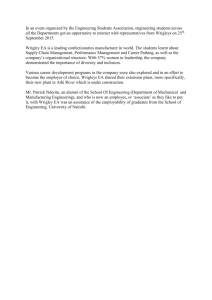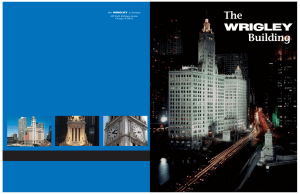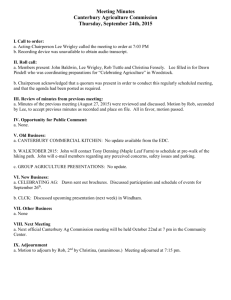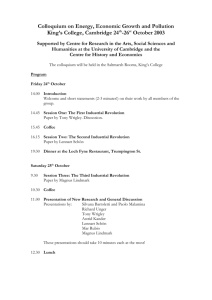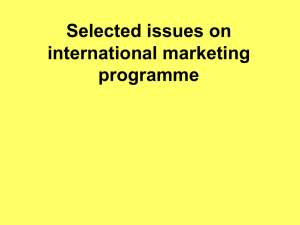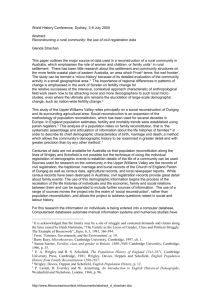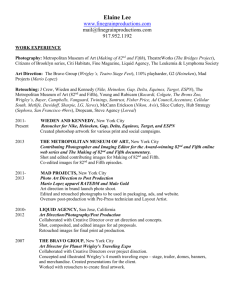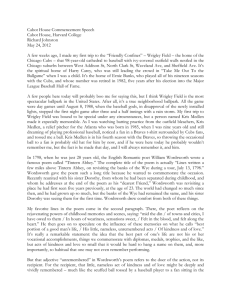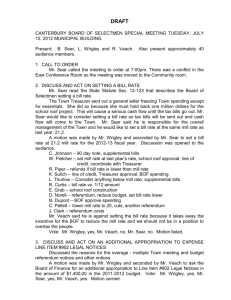Case Study Solutions
advertisement
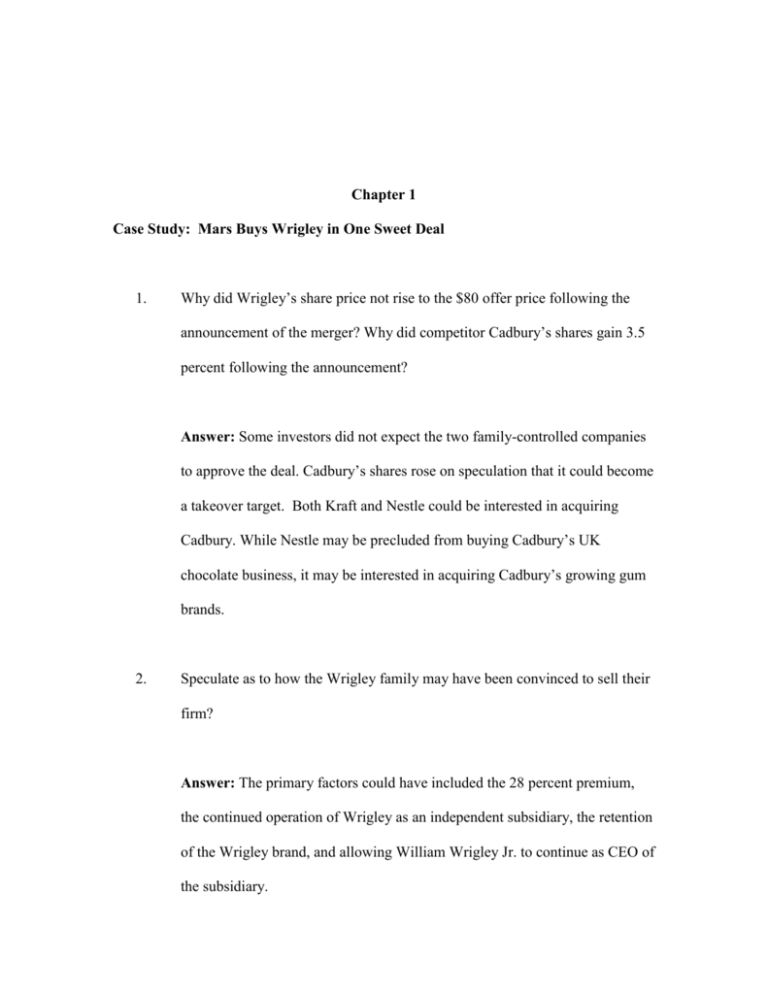
Chapter 1 Case Study: Mars Buys Wrigley in One Sweet Deal 1. Why did Wrigley’s share price not rise to the $80 offer price following the announcement of the merger? Why did competitor Cadbury’s shares gain 3.5 percent following the announcement? Answer: Some investors did not expect the two family-controlled companies to approve the deal. Cadbury’s shares rose on speculation that it could become a takeover target. Both Kraft and Nestle could be interested in acquiring Cadbury. While Nestle may be precluded from buying Cadbury’s UK chocolate business, it may be interested in acquiring Cadbury’s growing gum brands. 2. Speculate as to how the Wrigley family may have been convinced to sell their firm? Answer: The primary factors could have included the 28 percent premium, the continued operation of Wrigley as an independent subsidiary, the retention of the Wrigley brand, and allowing William Wrigley Jr. to continue as CEO of the subsidiary. 3. How did factors external to both firms influence their decision to merge? Be specific. Answer: Escalating commodity prices, declining market share, and intensified competition compelled Mars to seek greater economies of scale and a diversified product line in acquiring Wrigley. Higher commodity prices, particularly for sugar, necessitated achieving larger purchasing discounts from vendors which could only result from increasing the average size of raw material purchases from the combined Mars and Wrigley companies. 4. Would you characterize this transaction as a friendly or hostile takeover? Why was this approach taken? Explain your answer. Answer: The merger of the two firms probably is best characterized as a friendly combination because Wrigley was a family-owned firm whose shares would have been difficult to purchase if the family had been dissatisfied with the terms of deal. Moreover, Wrigley was treated organizationally as a wholly owned subsidiary of Mars with its senior management team intact. Finally, William Wrigley Jr. will remain Executive Chairman of Wrigley under the new arrangement. The friendly approach was probably the only feasible way to complete the transaction given the ownership arrangement. Also, the desire to minimize disruption during the reorganization and integration of the Wrigley firm in terms of lost customers and employees would have been an important reason why a hostile approach would have been avoided. 5. Of the motivations for business combinations outlined in this chapter, which do you think were most applicable in this case study? Explain your answer. Answer: The primary motives included the potential for operating synergy between the two firms, related diversification, and perhaps some increased market power. Operating savings were possible from achieving economies of scale in manufacturing certain products and economies of scope by combining or eliminating duplicate functions. The combined firms also expect improved operational efficiency in combining marketing and distribution capabilities. Moreover, the two firms hope to achieve greater focus by concentrating nonchocolate confectionary brands in Wrigley. By acquiring Wrigley, Mars is achieving greater related diversification in non-chocolate products. Finally, the combined firms may achieve some additional pricing power by increasing market share from 10 to 14 percent of the global confectionary market.
